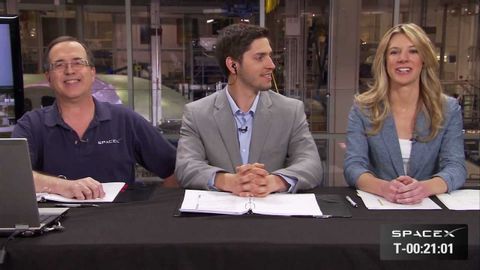
Subtitles & vocabulary
Video vocabulary
force
US /fɔrs, fors/
・
UK /fɔ:s/
- Noun
- Group of persons trained for military action; army
- Pressure; attraction
- Transitive Verb
- To use physical strength or violence to persuade
- To break open (something) using force.
A1
More commercial
US /kəˈmɚʃəl/
・
UK /kəˈmə:ʃəl/
- Noun
- Radio or television advertisement
- Adjective
- Designed for or primarily concerned with financial success.
B1
More remain
US /rɪˈmen/
・
UK /rɪˈmeɪn/
- Intransitive Verb
- To be left behind; to continue to exist
- To stay in a place when other people have gone
A2TOEIC
More sequence
US /ˈsikwəns, -ˌkwɛns/
・
UK /'si:kwəns/
- Noun
- Part of a movie showing one part of the story
- A particular order in which related events, movements, or things follow each other.
- Transitive Verb
- To arrange things in an order they should happen
A2TOEIC
More Use Energy
Unlock All Vocabulary
Unlock pronunciation, explanations, and filters
